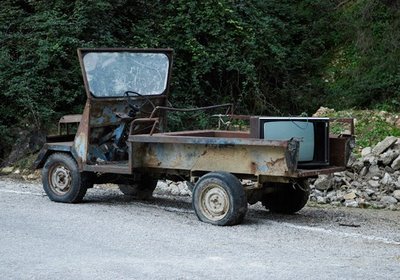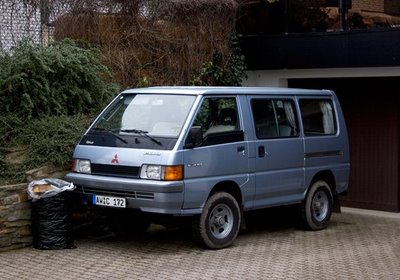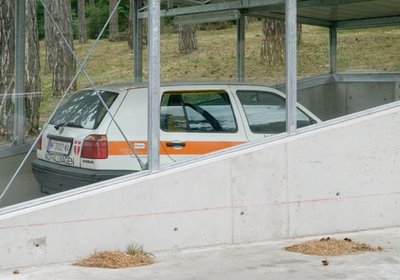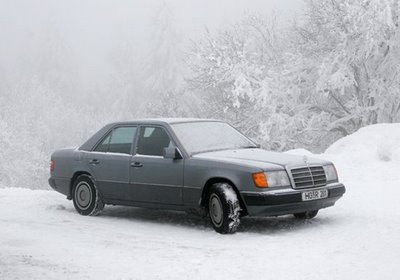Christoph Sebastian
Monday, 15 June 2009
Work from the series (or rather multi-faceted database) Fahrzeuge. I also recommend the series Transformation.
“”One must hurry if one wants to see something. Everything disappears.” Paul Cézanne.
The car is more than just a simple vehicle: It is surrounded by an aura of irrationality. From the very beginning, various fantasies have always been projected onto it. Peter Sloterdijk, a German philosopher, puts it this way: “All theories regarding the car as a means of transportation seem to miss a whole dimension: The automobile is not only an euphoriant, it is also an instrument of regression. It is like a rolling uterus, but unlike its biological prototype, it is linked to an idea of self-mobility and feelings of autonomy. The car is like an improved platonic cave built around the driver. The driver is not stuck in one place. This travelling ‘personal cave’ offers a view of the world floating by.” | Peter Sloterdijk: “Rollender Uterus” – Der Philosoph Peter Sloterdijk über Menschen und Autos, in: “Der Spiegel”, Nr. 8/195, S. 130.| In most countries, a life without cars is unthinkable. Over the years the car has totally blended in with society. In everyday life it doesn’t appear as a plain technical device. On the contrary, it gets charged in a projective identificatory manner based on a mythical pre-modern construction of the world. “Enlightenment was the disenchantment of the world; the dissolution of myths and the substitution of knowledge for fancy.” | Horkheimer/Adorno, Dialektik der Aufklärung. Barner, Detken, Wesche; Texte zur Mythentheorie, Stuttgart 2003 | Now, one question arises. How did the automobile as an object of Enlightment manage to escape this demystification of the world?
The visual long-term study “Fahrzeuge” doesn’t offer an answer to this question. Rather, tools and instruments of photography are used to break through our daily routine of experiencing and examining the mass-product ‘car’. The study focuses on its appearance in the course of time and space. Due to its copious distribution the automobile has almost become invisible to us. Everyday we pass countless cars, but we are not aware of them anymore. Cars have become an ambient noise of our everyday perception. Still it is impossible for us to look past them. “The car is not a rational and distant object. It is a quasi-natural part of our environment. …we deal with it in the same fantasy-driven and boundless way our pre-modern ancestors dealt with their natural surroundings.” | Johannes Bilstein, Matthias Winzen, Der Traum vom rasenden Körper. Ich bin mein Auto, Baden-Baden, 2001 | Examining the world through the camera viewer helps us to regain the lost distance between us and the automobile. The camera itself fills the gap between existing knowledge and the visible world. It reveals that the appearance of the automobile is fleeting. The appearance of the car is not only a product and an anonymous witness to an ever changing environment. It is always a reflection of a certain culture and a certain era.
The long-term study “Fahrzeuge” tries to isolate the automobile from its social functions. In this experiment the car is shown as an object. Photography transforms reality into an image. Here, the reality of the car is presented as an image, where formal aspects are of great importance. The autonomous photographs presented in “Fahrzeuge” try to preserve the appearance of the automobile by displaying cars in different locations at a certain period of time. This way visibility is generated and comparisons are made possible. The development of an archive is the study’s major long-term objective. With this archive different appearances of the automobile at the beginning of the 21st century will become observable.
At the moment the study consists of more or less 500 photographs, arranged in several categories. The categories are presented as typologies at the wall.” – Christoph Sebastian





